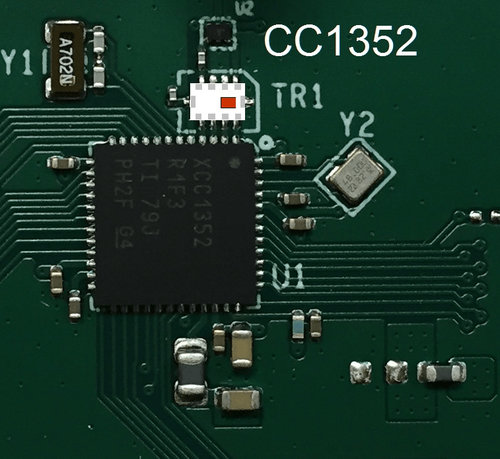TI CC1352 x Johanson Technology 0900PC15A0036

In a collaborative effort with Texas Instruments, Johanson Technology, Inc has developed a compact, easy to implement front-end Integrated Passive Component (IPC) which embeds the required complex matching and L/C circuits. This IPC constitutes 2 discrete baluns, 2 filters and DC bias feeds, saving you valuable time-to-market, FCC/ETSI compliance, and precious PCB utilized area. This allows the designer to create a more streamlined, compact product for today’s demanding connected device form factors which take advantage of the amazing functionality of the CC1352 (CC1352R and CC1352P).
Johanson component P/N: 0900PC15A0036
If you’d like the reference design files (gerbers, schematics, etc.) go to Texas Instruments find the p/n, click on “Info”, click on the Application Note (SWRA629) and on page 22 under “CC1352R LaunchPad Design Files” you’ll access the design file download links directly from TI.
For the datasheet, go to: 0900PC15A0036 Datasheet
Samples immediately available: Request a sample
Need RF design assistance on this or looking for the right embedded antenna? Ask a question